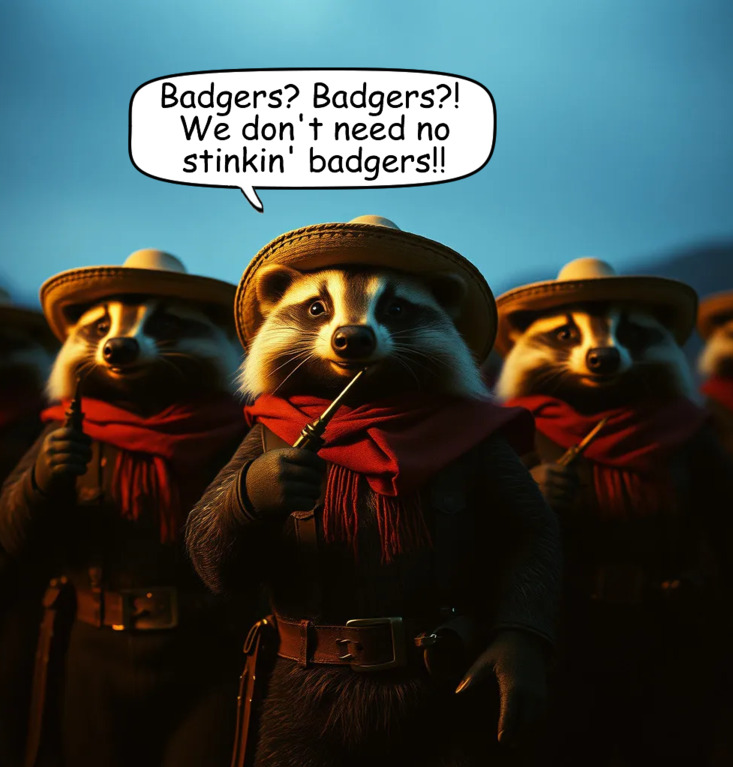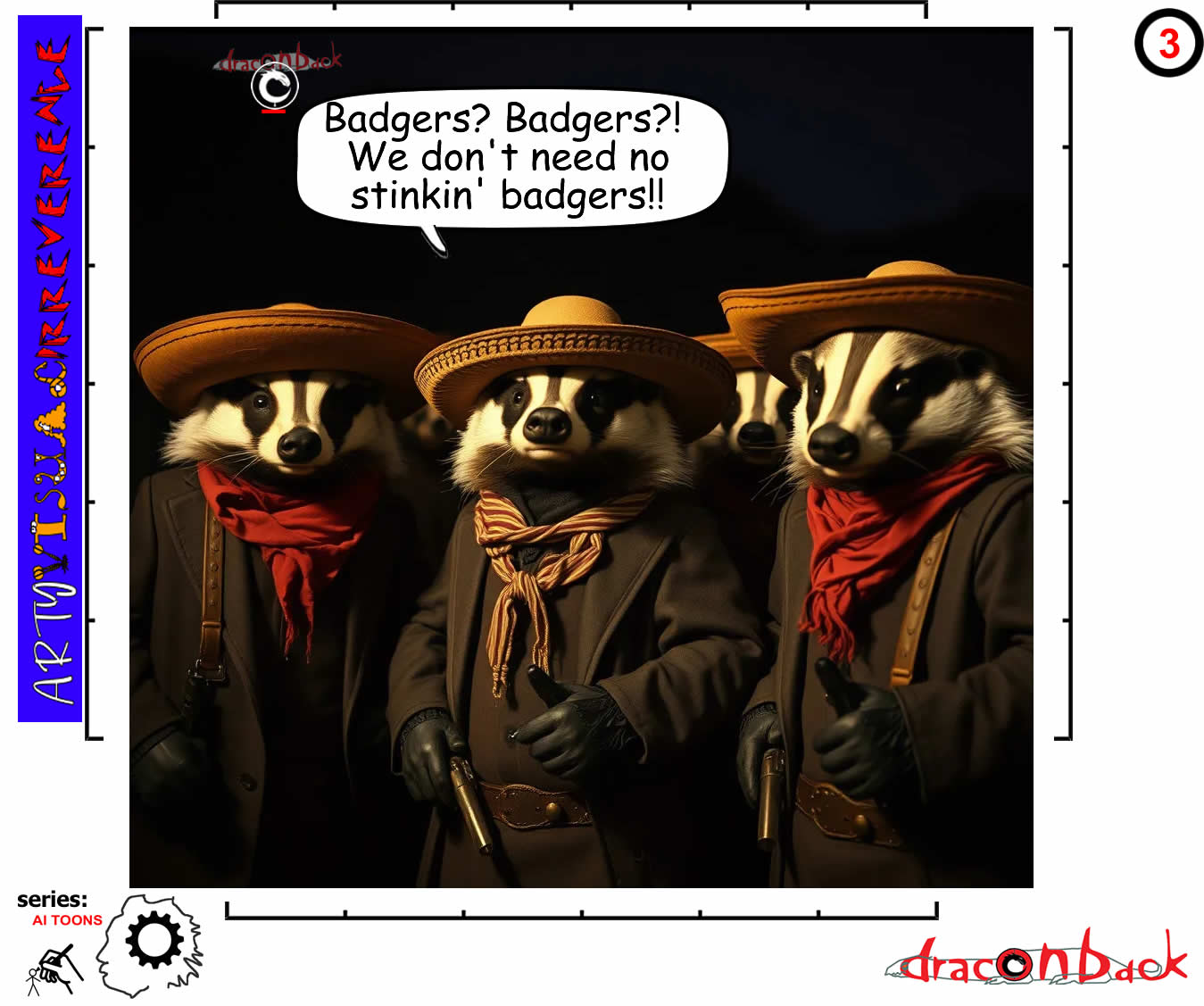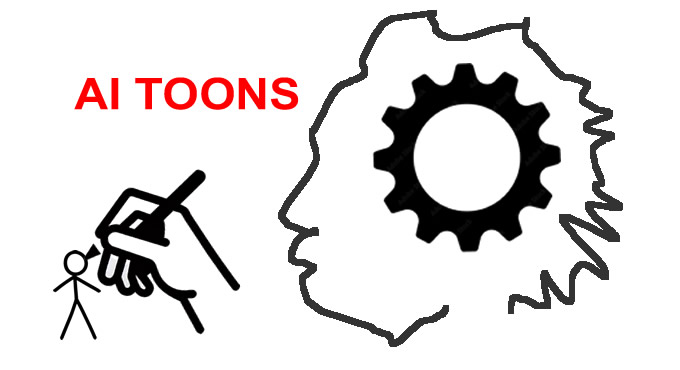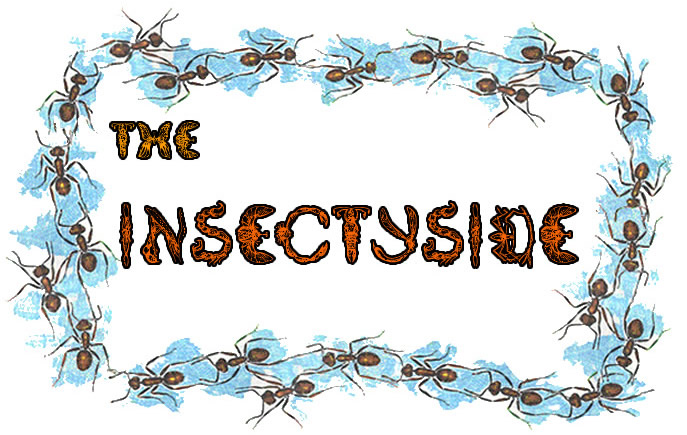|
|
_ The speech bubble in this cartoon continues a long tradition of misquotation from an iconic scene from the 1948 film "The Treasure of the Sierra Madre", directed by John Huston and starring Humphrey Bogart. The line, "Badges? We don't need no stinkin' badges!" is actually a paraphrased and slightly misquoted version of the original dialogue in the film.
In the movie, Humphrey Bogart's character asks the leader of a groups of bandidos-- who are posing as Federales-- to show him the insignia of their office. Their leader, portrayed by Alfonso Bedoya, says: "Badges? We ain't got no badges. We don't need no badges! I don't have to show you any stinkin' badges!" This line was delivered with such a unique blend of menace and dark humour that it became instantly unforgettable.
Interestingly, the phrase has since taken on a life of its own in popular culture, often quoted or parodied in TV shows, movies, and books—even though it's not the verbatim line from the film. The first time I heard a parody version used to comedic effect was when I was taking a university course in wildlife biology. I had watched "The Treasure of the Sierra Madre" on TV over the weekend—and I apparently was not alone in taking such respite from my studies... While watching a short film on mallard ducks the narrator in the film pointed out that duck eggs in ground nests are often preyed upon by badgers—at which point someone in the back of the auditorium piped up with "Badgers? Badgers?! We don't need no stinkin' badgers!" Frankly, that the badger, one of the largest members of the weasel family, is a significant predator of ground-nesting fowl is probably about the only thing I remember from that course, thanks to that class clown...
Facts about badgers:
- Badgers can dig through the equivalent of 3 feet of packed soil in just 30 minutes with their powerful front limbs and long claws. Their burrows, called setts, can be centuries old and house multiple generations.
- A group of badgers is called a cete, but they're also known as a clan or colony. Despite living in groups, badgers often forage alone at night.
- European badgers are one of the few animals known to bury their dead. They've been observed cleaning out deceased clan members from their setts and burying them in separate chambers or outside.
- Honey badgers (despite the name, not closely related to other badgers) are famous for their remarkable resistance to venom. They can survive bites from highly venomous snakes like cobras and have been documented taking naps after being bitten!
- Badgers have a symbiotic relationship with coyotes in some regions. They hunt together, with badgers flushing prey from underground burrows while coyotes catch animals that escape above ground.
- The Wisconsin badger is the official state animal of Wisconsin, which is why the state is called "The Badger State." However, this nickname originally referred to early miners who lived in hillside caves, resembling badgers, rather than to the animal itself.

|







